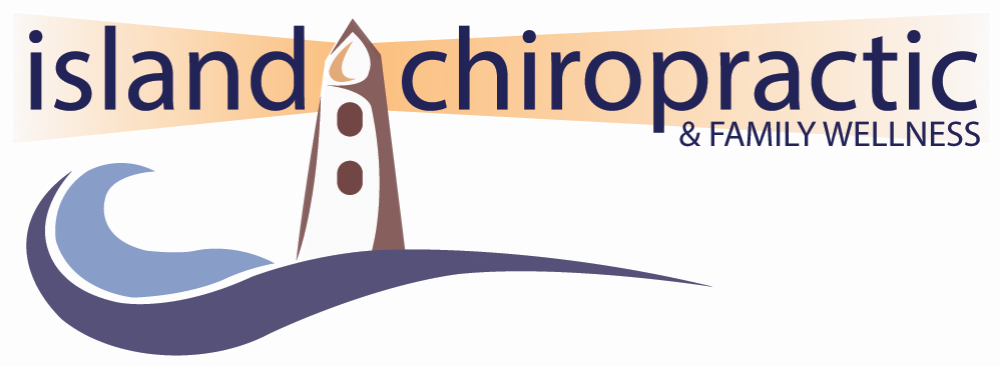As the days start to get longer and warmer many people start to experience the drive to “get healthy” and get moving again. I hate to break it to you, but you are a year older than you were last year, so it might not be as easy just to jump back into your old routine. Here are some tips to help you get back into an exercise routine and avoid injury.
Start small
The Canadian Physical activity guidelines for adults aged 18-64 is 150 minutes of moderate to vigorous physical activity a week (that’s just over 21 minutes a day!). This can be broken up into 10-minute sessions throughout your day. By breaking up your activity you are minimizing the risk of injury due to fatigue and you are making the challenge seem less intimidating!
Do something you love
When focusing on an activity you enjoy (other than watching TV) you are going to add more movement into your lifestyle and not even realize it! Great examples include gardening, fishing, birdwatching, or playing with your children or grandchildren.
Make it social
Getting a friend to commit to a new routine will keep both of you accountable and less likely to skip a day.
Walking is great
Walk at a brisk pace, swinging your arms at your shoulders. You shouldn’t be out of breath, but able to speak in 4-5 word sentences. For people who have typically been inactive and are trying to increase their fitness levels we recommend working up to three 10-minute walking sessions a day.
Running is great
Not only does running burn calories but it also builds cardiovascular endurance. It can help increase mental toughness and when running outdoors, exposes you to nature. Running is a cost effective way to reduce stress and anxiety and boost depressive moods. When starting a new running routine, start with walk/run intervals increasing from week to week. (Week 1: 30 second run, 30 second walk, Week 2: 1 minute run, 1 minute walk, Week 3: 2 minute run, 1 minute walk, etc).
Resistance training
Everyone can benefit from some form of resistance training. Aim to lift weight or add some type of resistance to your training at least twice a week.
Add NEAT training
Non-Exercise Activity Thermogenesis is a great way to increase your physical activity outside of going to the gym or running or walking. NEAT training is basically adding movement during your activities of daily living. NEAT can be doing squats while you are cooking dinner, walking to the back of the parking lot, doing lunges before having your cup of coffee, doing arm circles while reading emails at work, hand washing your vehicle, challenging the kids to a push up contest… you get the idea. NEAT training is anything that adds a little bonus activity to your life.
Rest when you need it
Your body will tell you when you over do it. Feeling particularly exhausted on a certain day could be from overtraining. On days like that stick to something a little bit more light (but keep moving).
Sleep
This means going to bed at a “decent hour” and waking with the sunrise. Sleeping too much or too little can contribute to poor energy levels. Your goal should be to follow the sun (which is tricky in the summer). Aim for around 8 good hours of sleep and aim to be outside in the early morning sun. Exposure to sunrise is a great way to activate our circadian rhythm, which will impact how we are feeling throughout the rest of the day.

